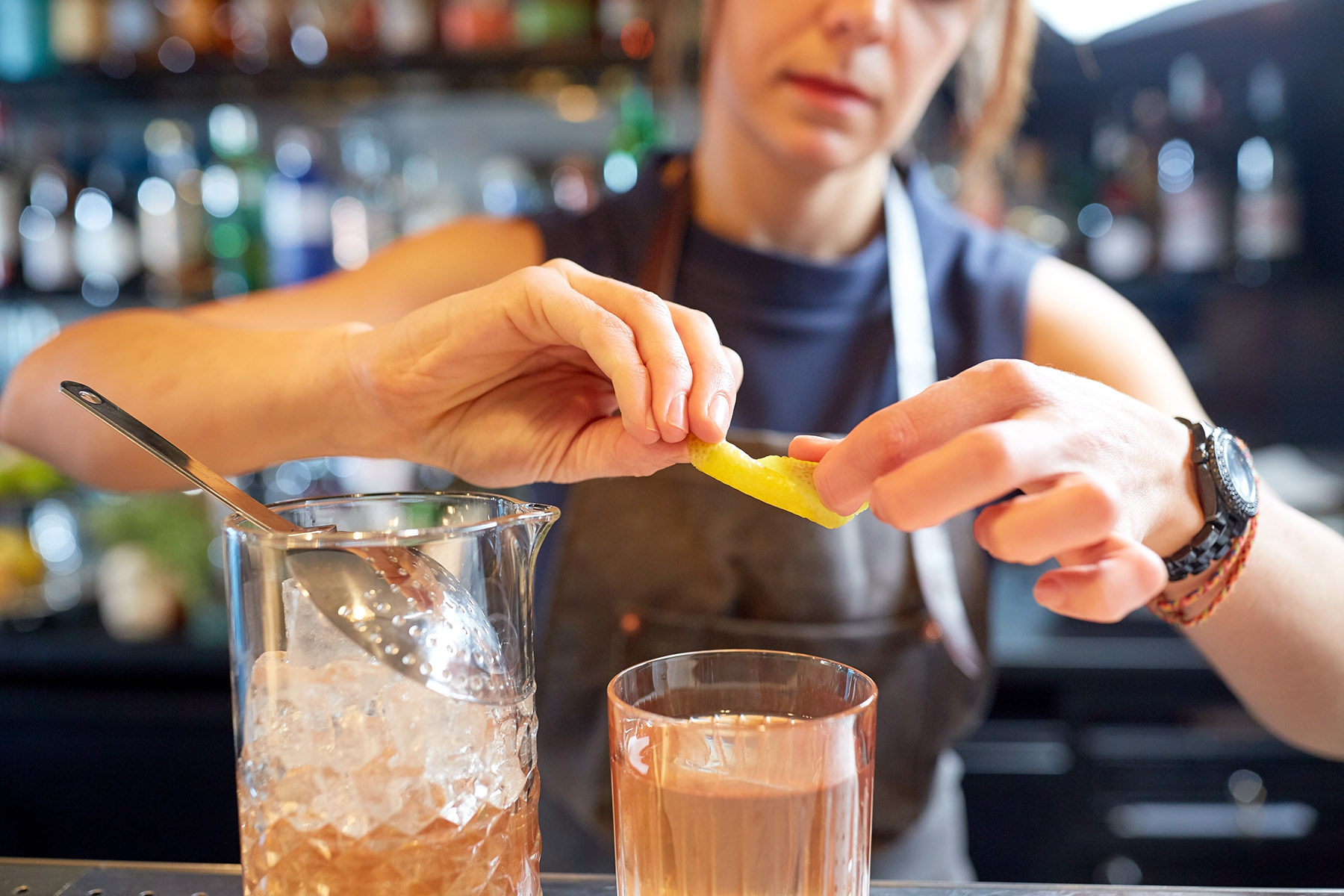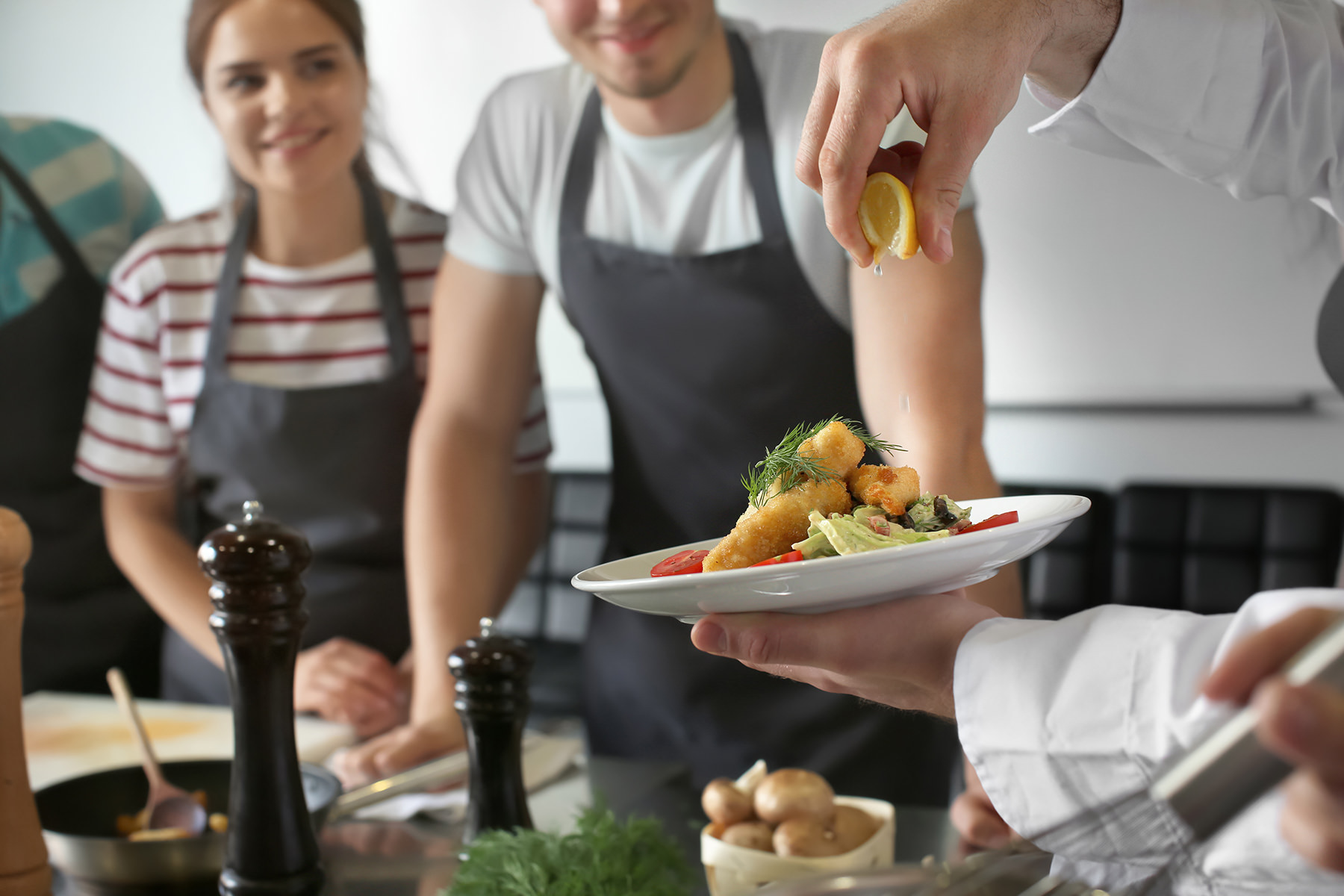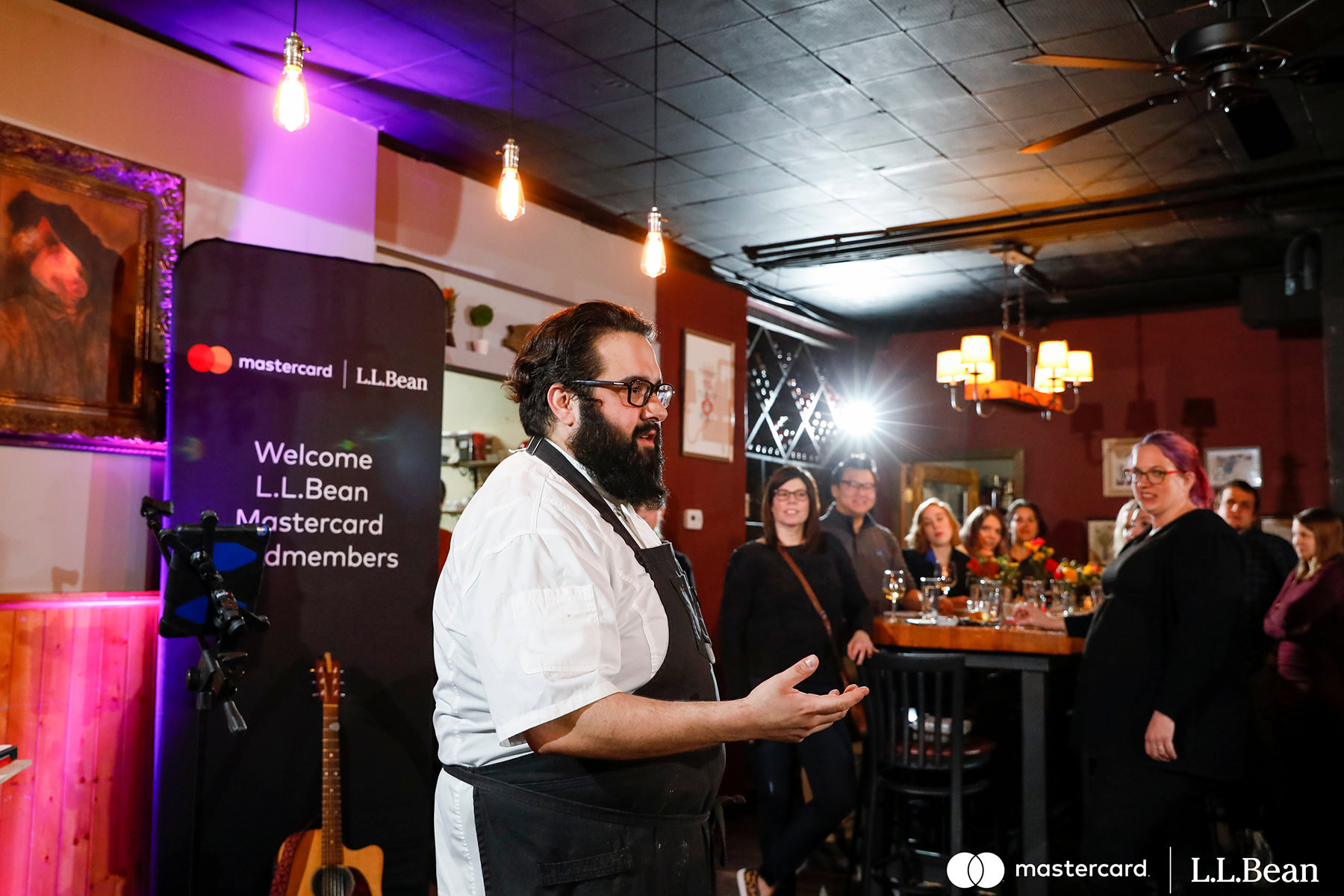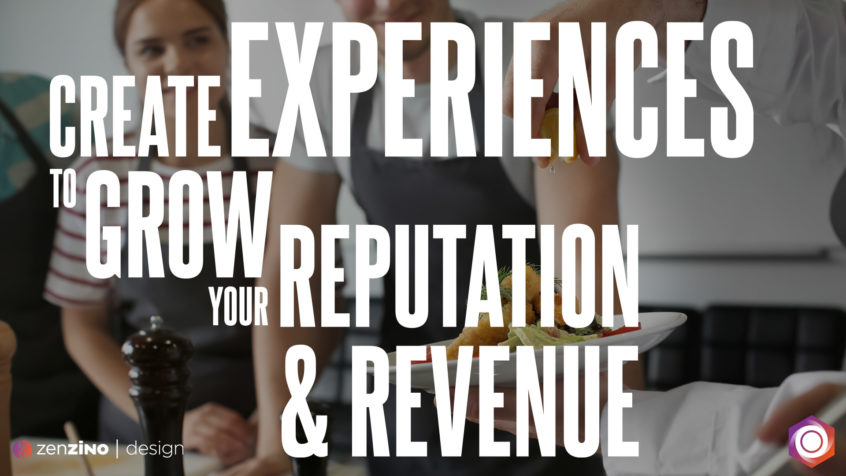More than ever, people are craving experiences and memories over things. This trend is driven by Millennials who are quickly becoming the largest demographic.
-David Portalatin, food industry advisor, NPD Group
While dining out itself is an experience, Millennials, and Gen Z are largely behind the delivery and ghost kitchen boom. Many restaurants are using special events and enhanced dining experiences to get these people back into their restaurants.
The Meatball Shop in NYC is enhancing its dining experience in other ways, such as exploring which of the restaurant’s music its customers are enjoying (or not), and by offering unique happenings, such as the new Tasting Table Naked Book Club, a Monday night dinner and discussion led by Tasting Table founder Geoff Bartakovics at the West Village location.
Yes, creating experiences takes extra time and resources. But, the positive impact on your restaurant far outweighs the extra effort.
- Create social media buzz
- Build your email list
- Extra revenue on an off night
- Associate your brand with something ‘special’
- Introduce you to new customers
- Give existing customers an extra reason to come back
I’ve put together three case studies to illustrate the benefits of creating experiences as well as give you some ideas for creating experiences for your restaurant.

Case Study 1: Cocktail Class
One of my clients has a comfort food restaurant with a full bar. The bartender is extremely knowledgeable, passionate, and creative. We decided to do a monthly cocktail class at the bar. Each month the class would focus on a different spirit.
Seating at the bar was limited to 10 seats so we sold 10 spots, paid in advance. The price included the booze and appetizers. The event was scheduled for a Tuesday night, the slowest night for this restaurant. The distributor would provide the bar with ‘samples’ for the class, further offsetting costs.
Other patrons would see what was going on at the bar and it would pique their interest. They would be told to sign up for the email list to find out when tickets went on sale. Bystanders were allowed to watch and listen in, but only if they had a table.
I set up lighting for a photography station where participants could take professionally lit photos of the cocktails they made to share on social media. We suggested some hashtags, including one for the restaurant.
Tuesday night became the second busiest day of the week. There are plans to host the event for 3 of the 4 weeks each month. The events by themselves are profitable. Added to the food totals and this event is the most profitable day of the week.
Social media and email marketing have also been greatly benefitted by the events.
I’d love the share the numbers but, for reasons I don’t understand, my client has declined sharing them with me.

Case Study 2: Private Chef Event
I had a client with a semi-casual farm-to-table restaurant in NYC. We were brainstorming about what kinds of events we could do when I learned they had an apartment above the restaurant that was being rented out on Airbnb. It was almost always rented on the weekends but often the weekdays were free.
It took some convincing because the owner didn’t want to lose out on potential rent, but I was able to convince her to give it a try. It didn’t help that some of the furnishings needed to be replaced and the kitchen outfitted for more professional cooking.
We started out doing two kinds of events. The first one was a private pop-up restaurant. The chef would cook a set menu while the guests drank wine and cocktails, watched the chef, asked questions, and generally hung out.
The second type of event was more interactive. In addition to the drinks and chatting, the guest would actively help the chef prepare the meal and learn more about cooking. The chef would sit down with the guests to eat dinner. It felt like they were friends of the chef over to his apartment for dinner.
The second type turned out to be the most popular (who knew people would pay to help make their own food? This guy, that’s who). They even started having guest chefs from other restaurants host the events.
These weren’t as visible as the cocktail classes but the buzz was still significant. It boosted social media interaction and grew the email list. Again, I don’t have the numbers, but I know the events sold out and the owner had no problem blocking the apartment out for a night even if it meant turning down a week-long booking which can go for $2000-$3000 a week in the summer.

Case Study 3: Mastercard Event
I wasn’t involved in this event, except as a customer. Mastercard excels in creating exclusive events for its cardholders. For this event to promote the L.L. Bean Mastercard, they partnered with Chef Daniel Bonnano and his restaurant, Pig In A Fur Coat.
The event was for cocktails and hors d’ oeuvres while mingling with Chef Bonnano, followed by a four-course dinner and wine pairing from the co-owner, Bonnie Arent. The menu was created with a few reworked things from the regular menu but mostly new items.
The event was on a Monday night and the restaurant was completely full. Many of the people I talked to had been to the restaurant before (I had been there). For many others, it was the first time they had been there and several had never even heard of the restaurant.
The food was great and we were even given a very nice gift bag with some truffle salt and tomato sauce made by Chef Bonnano (sold from his other deli business) and some other cool things.
Overall it was a really great experience and reminded my wife and me how much we enjoyed our last visit. We went back a week later to commemorate our one year anniversary of moving from NYC to Madison.
The point of this case study is to leverage partnerships. Pig In A Fur Coat had a very profitable off night because Mastercard picked up the tab for the night, including marketing, promotions, and giveaways.
Think of ways you can partner with suppliers or even businesses outside of hospitality. Creating memorable events for other businesses can elevate your brand and win you new customers.
The Takeaways
Three of these examples turned into very profitable events for the restaurants. But even if they weren’t, there was still much to be gained. All these events created a social media buzz around the restaurants. For my client’s events, it also grew their email list so we could promote the restaurant and future events to a receptive audience. And, they introduced the restaurant to new customers.
The three case studies are actually similar types of events. But they don’t have to be. Creating special experiences for your customers doesn’t have to be fancy, just make it memorable. Make your customers feel like they’re special for being involved with your restaurant at this level. These types of interactions create a much stronger bond between your customers and your brand.
